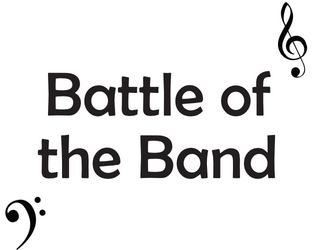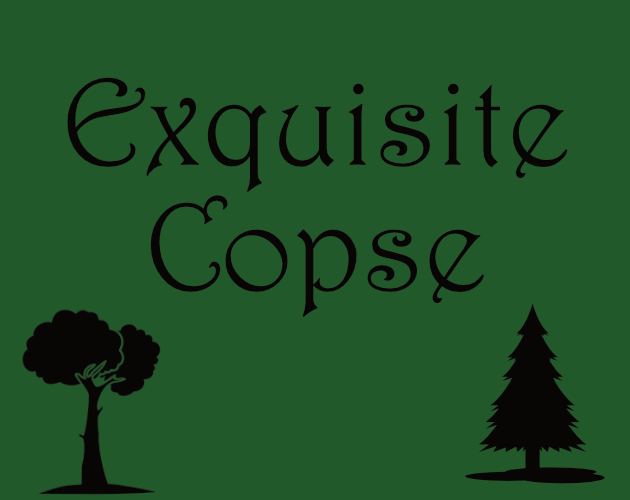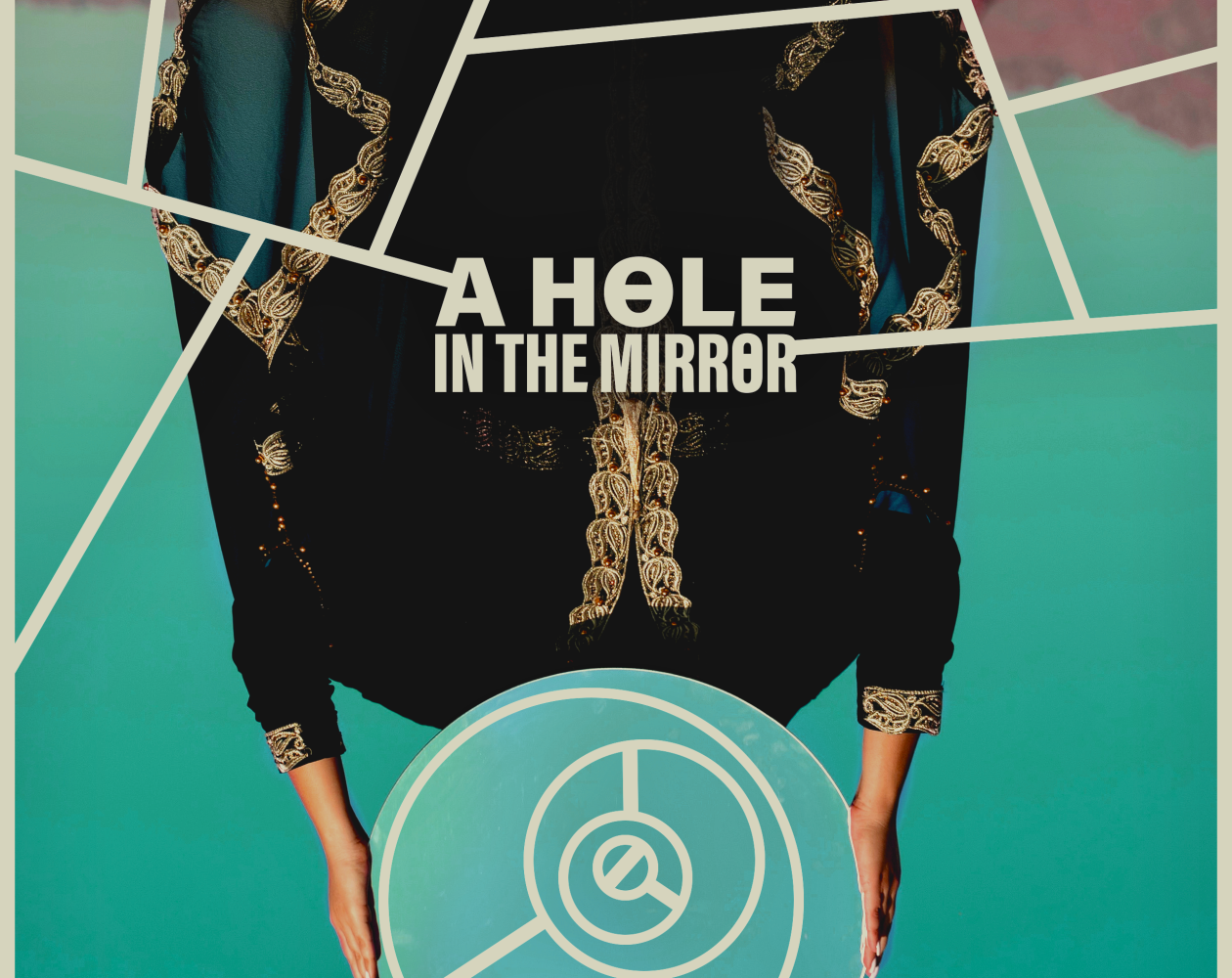For the past couple years I’ve been playing around with tabletop RPG design. My goal was to make a comprehensive hack of a game like Blades in the Dark or Spire: The City Must Fall, but none of my attempts panned out. I found myself caught in a rut of moving from big project to big project as they collapsed under their own weight. To break the cycle, I set myself a challenge: make an RPG (or at least something RPG-related) every month of 2021.
The Games
I set myself this goal too late into January to really get anything out there, so we start our journey in February.
February: The Wrong Side of Infinity
I started small and wrote a second draft of my one-page game ”The Wrong Side of Infinity” (as well as giving its layout a new coat of paint). It wasn’t even a new game, but at least it’s something! This was way outside of my comfort zone; rather than piecing together parts of big indie games, I was trying to get at something pretty specific that I was feeling at the time.
This also happens to be my only Google-able game title (excluding search engine tricks like appending “RPG” to your search query). Search engine lesson for the future, I guess!
March: Battle of the Band
March saw a hack of Lasers and Feelings called ”Battle of the Band”. I had the idea for a music game where you roll over or under a target depending on what “key you’re using” (I’m not very far in my learning-music journey but I’m aware that this is mostly nonsense). Then I realized that there’s already a nice, simple framework for a game with roll over and roll under. Even though it’s one of many, many L&F hacks it was nice to get something out there.
April: Exquisite Copse
My game for April was ”Exquisite Copse”, which ended up being my entry to Wish You Were Here: A Postcard Jam. It’s a letter-writing game in the style of Exquisite Corpse: each person contributes to the whole, while only seeing the previous contribution, and then hopefully something interesting comes out at the end. (If you’re curious, the pun came before the game. Once I had thought of the pun I knew I had to make it into a game, somehow).
The first draft was using a card prompt mechanic like The Quiet Year or For the Queen. I dropped this because it was too many prompts for me to write in a month. My second draft, using a d66 table instead of a deck of cards, had the same problem. Additionally I couldn’t decide how many prompts the players should answer; I wanted the game to be fast enough that you could conceivably play it at a party. In the end I settled on three D6 tables to produce a prompt: hopefully enough to spark the imagination while still comfortably fitting on a postcard.
May: A Hole in the Mirror
The Mock Cover Jam caught my attention, so I grabbed a premade cover and A Hole in the Mirror became my May game. This was interesting, because like April’s game I had to start with a title and work backwards towards the game, but unlike April’s game I had a lot of leeway in where to go. I couldn’t decide whether the title should be thematic (where a mirror is a stand-in for self-image) or literal (where a mirror is sort of a portal between worlds).
The thematic approach made me think of Masks: A New Generation, a game about teenage superheroes and their self-image. In the game, conditions aren’t physical injuries but are instead negative emotions like Afraid or Angry. Your character can ‘clear’ the condition by leaning into dramatic teenage behavior, like lashing out or running away. At the start of this project I thought about combining this mechanic with the push-and-pull of the No Dice No Masters token economy, where players would be encouraged to make bad decisions to enable their future successes.
As I picked at the core idea, I realized it reminded me more and more of the Resistance system, which powers Spire: The City Must Fall and Heart: The City Beneath. Specifically I thought of Sepulchre, Grant Howitt’s one-page stripdown of Spire. It takes Fallout (the mechanic for setbacks and injuries) and turns it from a random event to a player choice. There’s a kind of mechanical parallel between choosing to take Fallout and making a Weak Move in Dream Askew. I made one other major deviation from most other Resistance games: removing the “damage dice” you roll on a success or failure, to determine how much stress you take or deal. Personally, it feels bad to roll a success then roll a 1 for my progress. Instead you roll a simple D6 pool to determine both how much progress you made and how much stress you incured while doing it.
If I had more time, I would have expanded a lot more on the types of player characters and the world around them. A short chapter on setting was cut entirely, leaving just the barebones pitch: the players are fae from a mirror dimension crossing over into ours to commit crimes.
Takeaway
Just going through the process of making little things that I can complete in a month has been great for my creative process. It’s also helped me embrace simpler, smaller games than I had been trying before. (I think my fondness for D6 is pretty clear, though I can see card-based or diceless games in my future).
The flipside, however, is that I can’t keep at it! Making a game every month is a lot of work. I started out strong and jumped into each new game with zeal, but by May I found myself working more out of a sense of obligation than joy. After I released A Hole in the Mirror, I decided to pump the brakes. “Make a game every month” became an experiment for the spring, instead of a year-long goal.
Even if I could keep going, I want to be able to take a bit more time with my work. Most of these games are lightly proofread and barely playtested, if at all. None have any art to speak of, and the only layout is my own fumbling with Affinity Publisher. Without the self-imposed pressure of the month’s deadline to throw something up online, hopefully I can strike a balance between never shipping and putting out unfinished work. For example, I do think that the core mechanic behind A Hole in the Mirror has legs, and could maybe support a much larger and more intricate game. We’ll see!
Going Forward
To be honest, the original reason I stood up this blog was to talk about this project. But now that I’m here, I’m really liking the idea of putting up game design thoughts on a regular basis. Probably at some point I’ll set up a Twitter because that’s where the people are, but I like having my own little place to put things.
See you soon, hopefully, with progress updates on a slower project!



